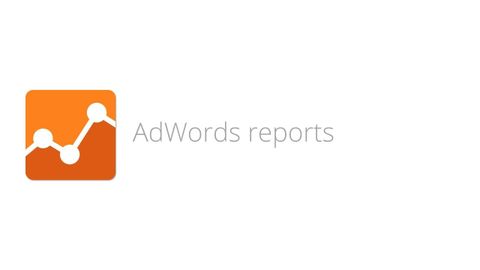
Subtitles & vocabulary
Digital Analytics Fundamentals - Lesson 5.4 AdWords reports
00
小小佩娟 posted on 2014/03/13Save
Video vocabulary
day
US /de/
・
UK /deɪ/
- Noun (Countable/Uncountable)
- A period of 24 hours beginning at midnight
- The period of time when it is light outside
A1
More date
US /det/
・
UK /deɪt/
- Intransitive Verb
- To have become old-fashioned
- To meet for a romantic time together e.g. a movie
- Noun
- A romantic meeting between (usually two) people
- Brown sweet fruit from a tree from the Middle East
A1TOEIC
More table
US /ˈtebəl/
・
UK /ˈteɪbl/
- Noun (Countable/Uncountable)
- Diagram that shows data in rows and columns
- Raised flat surface you sit at to work or eat
- Transitive Verb
- To leave an idea to be discussed at a later date
A1TOEIC
More page
US /pedʒ/
・
UK /peɪdʒ/
- Proper Noun
- Person's name
- Transitive Verb
- To call for someone via a phone or speaker
A1TOEIC
More Use Energy
Unlock All Vocabulary
Unlock pronunciation, explanations, and filters
